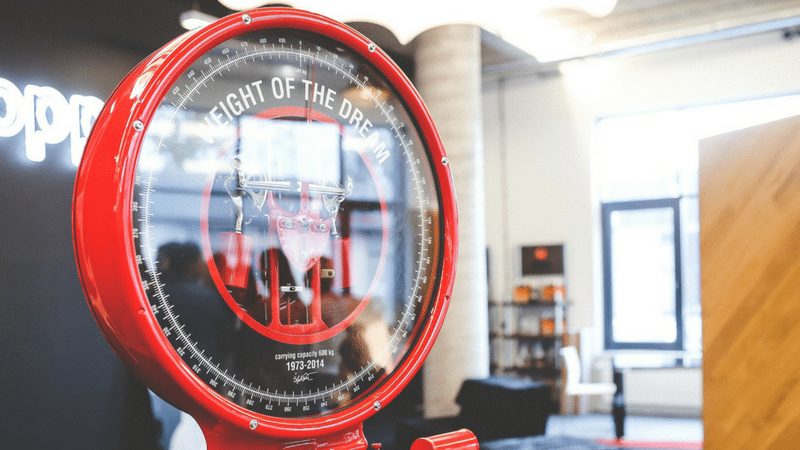Realistic Expectations and the Recommended Rate of Fat Loss
Episode #2 of the course Fat loss for fitness enthusiasts by Theo Brenner-Roach
Today’s lesson will explore the rate at which you should lose weight when trying to lose fat.
Let me start by saying: I get it.
It’s only natural to want quick results.
It’s only human to want the good and none of the bad—to have what you want and not wait for it.
After all, that’s the way we are told the world works with on-demand services and instantaneous gratification (not to mention all that you’ve been told in fitness blogs and most fitness magazines over the years).
I hate to be the bearer of bad news, but when it comes to losing weight, there is a point of diminishing returns, a point at which pushing for faster results will result in worse results.
So, how quickly can you lose weight?
The goal when “cutting” is simple: Maximize fat loss and minimize muscle loss.
That is to say, you want the majority of any weight loss to be from fat and not muscle. This is what will give you that lean, athletic look once you’ve lost any fat covering your muscles.
If you lose too much muscle mass along the way, you will end up either skinny fat or just plain skinny.
The optimal rate of weight loss is 1-2 lbs (0.5-1 kg) per week.
As long as you’re losing between 1-2 lbs (0.5-1 kg) a week, you’re on the right track.
If you find that you are either:
• losing weight too fast
• not losing weight fast enough
Then you can either remove or add 100 kcals (25g of carbs) to your daily intake and track your weight for a couple of weeks.
If it fixes the problem, great! Carry on. If it doesn’t, then either add or remove another 100 kcals and track again.
So, that’s the practical side of it. What about the mentality of weight loss?
Weight loss and, in turn, fat loss has to be approached as a long-term process. You have to enter into it with the understanding that it’s not an overnight or week-long endeavor.
This mindset is vital to the longevity of your success.
Fat loss is not a linear process; it’s not neat, tidy, and organized. Your weight will fluctuate from day to day, sometimes by more than you might expect. Does this mean you’re not losing weight?
No.
This is a completely normal part of the weight loss process and one that highlights the importance of tracking your progress (more on this in Lesson 8).
As nice as it would be for your weight to decline in a clear linear fashion, where you can easily see a change in scale weight on a day-to-day basis, it doesn’t work like this.
Instead, you’ll need to look for the weekly low and a positive declining trend of 1-2 lbs (0.5-1 kg) per week on a weekly, as opposed to daily, basis.
Additionally, because of the non-linear nature of weight change and the incremental rate weight loss, you should also be prepared for changes to appear slow or almost non-existent at times.
This is essentially a trick of the mind.
You see, because you see yourself every day, you unconsciously observe the miniscule changes in your body, and as such, you find it much more difficult to see the bigger picture and the change from point A to point B.
It will often be after a month or so of feeling like you’re not making progress that you’ll have lost enough fat to notice a visual difference in how you look.
Summing Up
You have to manage your expectations based on what you know is realistic when losing fat.
If not, you’ll find it increasingly difficult to stick to your fat loss plan and will go “off the tracks” in pursuit of faster but unachievable results.
Recommended book
Fit for Life by Harvey Diamond, Marilyn Diamond
Share with friends

